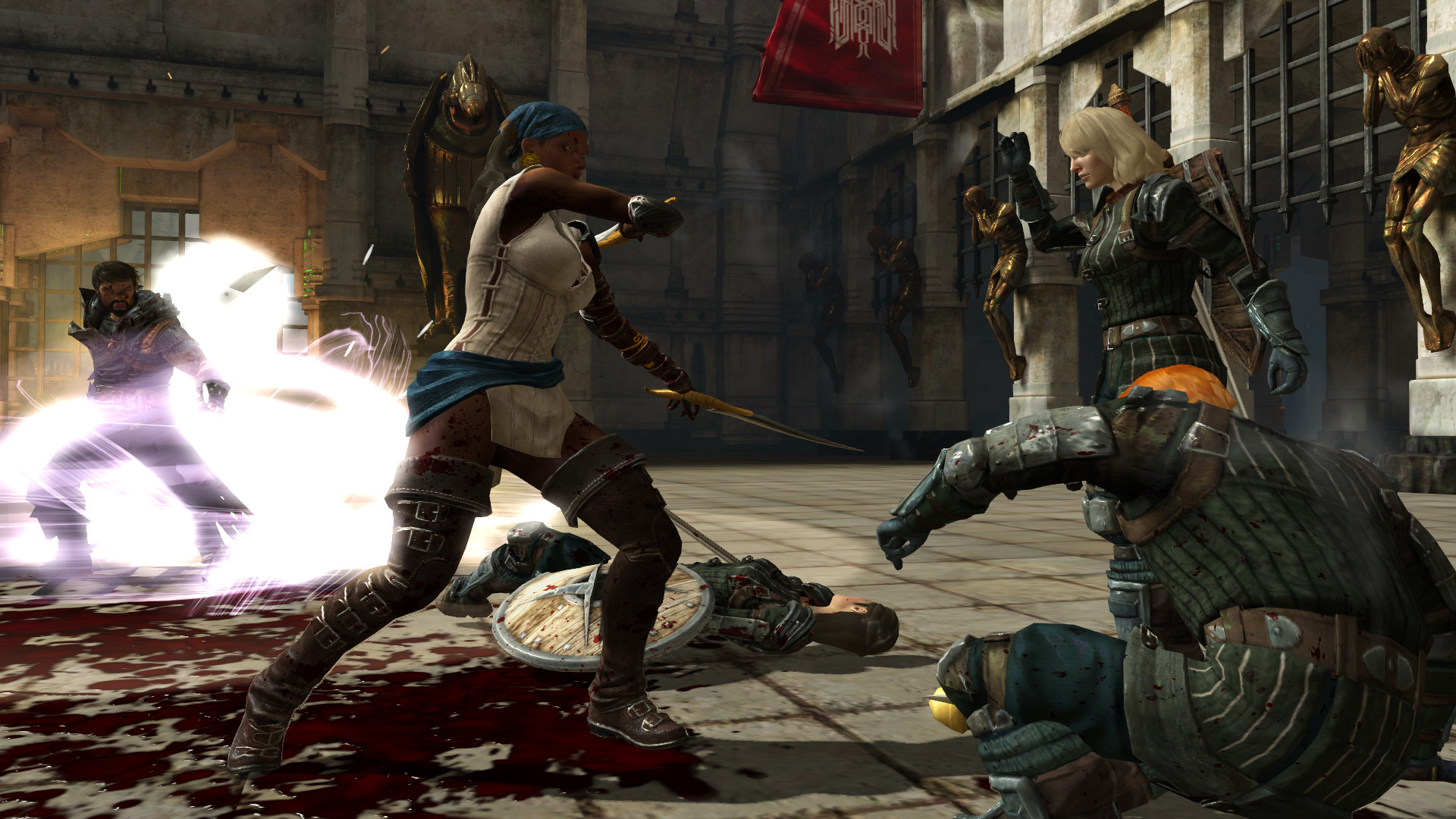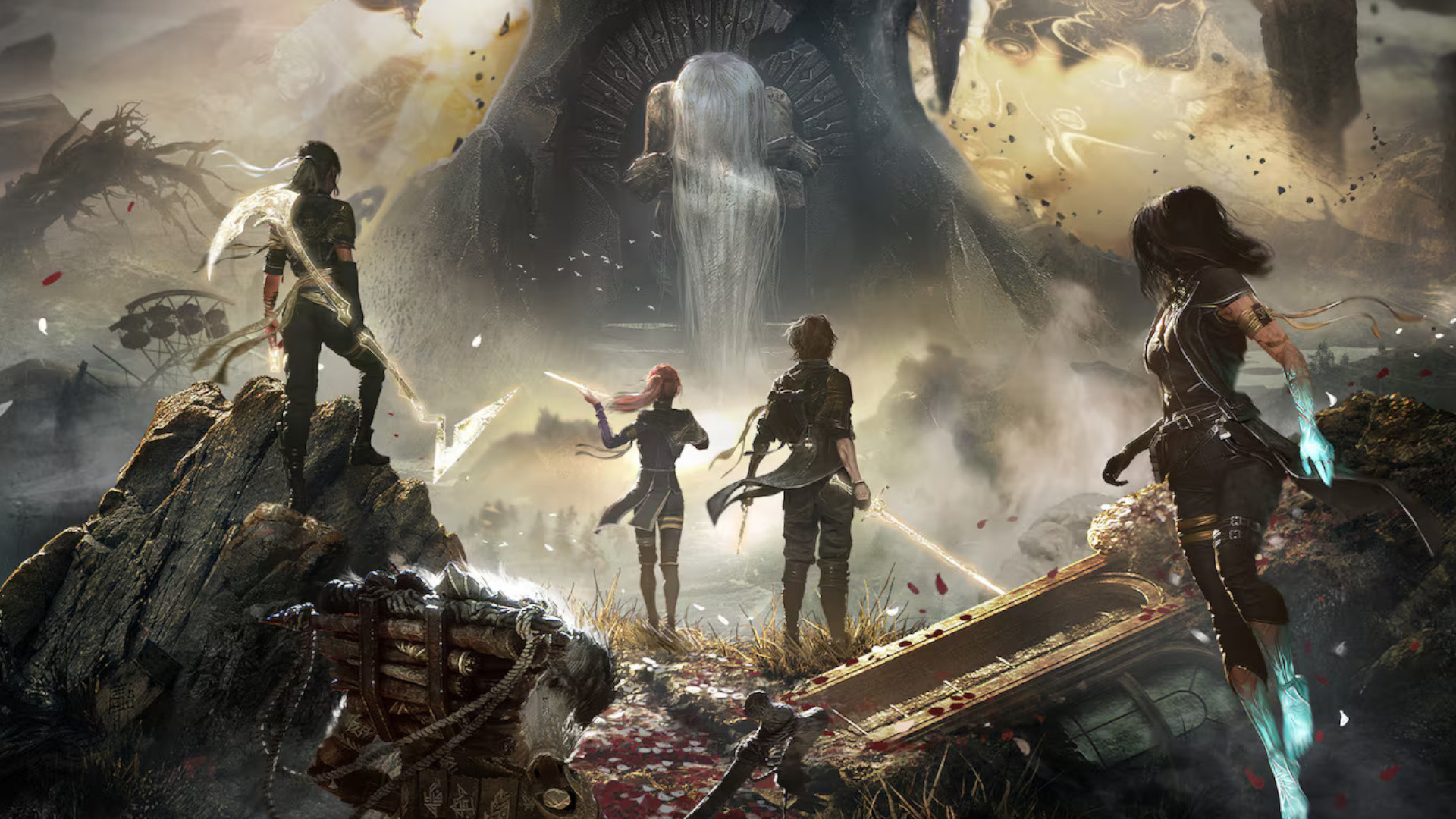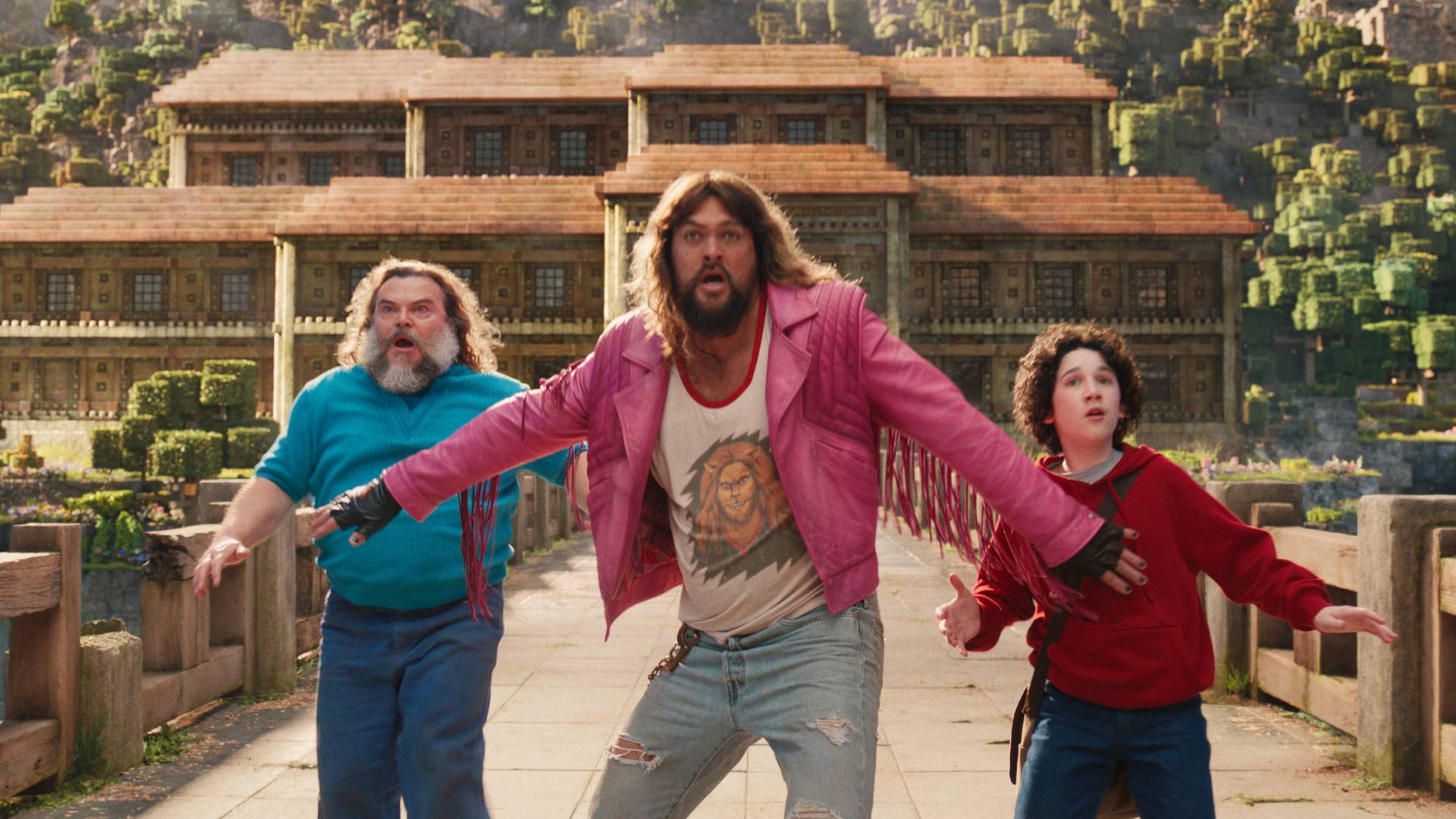Dragon Age 2 director acknowledges "really fast rush" behind the RPG's development as the team tried to "jump on the grenade that was being placed in front of BioWare"
An MMO like Star Wars: The Old Republic is a pretty big grenade, after all

Dragon Age 2 was rather infamously developed within an extremely tight 16-month time frame, and director Mark Darrah says that's partly because BioWare was desperately trying to make up the financial gap being created by repeated delays to the MMO Star Wars: The Old Republic.
BioWare made the decision to work on Dragon Age 2 in December 2009, between the November launch of Dragon Age: Origins and the March release of the expansion pack Awakening. "I think it was the last day we were working before the Christmas break. That's the time when the leadership of the Dragon Age franchise had the meeting where we were going to make Dragon Age 2," Darrah recalls in a new YouTube video breaking down 30 years of BioWare history.
"We were going to essentially jump on the grenade that was being placed in front of BioWare and try to fill the revenue gap that was left by Star Wars: The Old Republic moving in 2010," Darrah explains. By this point, The Old Republic had already been in development for years, and, according to an old LA Times article, the MMO ended up eating nearly $200 million in development costs. If that figure's accurate, The Old Republic would remain one of the most expensive games ever developed to this day.
With that financial albatross hanging over BioWare, it's easy to imagine why the studio might have been pressured to pump out a Dragon Age sequel in a hurry. By 2010, BioWare was "trying to make Dragon Age 2 in a really fast rush," Darrah continues. "We have started working on it before Dragon Age: Awakening has even shipped. What's happened is that Star Wars: The Old Republic, the MMO, has slipped again, and EA is basically telling BioWare to make up the revenue. So we are trying to create a product in a very restricted timeline in order to do what EA wants, which is to fill a revenue gap."
EA's financial year ends in March, and that ended up being the deadline for BioWare. "In the case of Dragon Age 2 we were always aiming at March, just to get something in the fiscal year because of what was happening with Star Wars: The Old Republic," Darrah concludes. All that work took its toll on the developers too. In an older interview with Eurogamer, designer Mike Laidlaw admitted that the studio worked under pretty brutal crunch conditions.
Dragon Age 2 met with broadly positive reviews when it launched in 2011, but the signs of its accelerated development schedule showed even at the time, with critics and players both annoyed by the game's recycled dungeons. Still, the game has its fans, and many of its characters would become fan-favorites who'd crop up repeatedly in the series entries that followed.
Darrah's rundown of BioWare's past is a fun history lesson, but it comes at bittersweet time for fans of the studio. Dragon Age: The Veilguard finally launched last year after an agonizing wait, but underperformed EA's financial expectations. Now, BioWare is being restructured in the lead-up to Mass Effect 5, and layoffs loom over the studio.
Sign up to the GamesRadar+ Newsletter
Weekly digests, tales from the communities you love, and more

Dustin Bailey joined the GamesRadar team as a Staff Writer in May 2022, and is currently based in Missouri. He's been covering games (with occasional dalliances in the worlds of anime and pro wrestling) since 2015, first as a freelancer, then as a news writer at PCGamesN for nearly five years. His love for games was sparked somewhere between Metal Gear Solid 2 and Knights of the Old Republic, and these days you can usually find him splitting his entertainment time between retro gaming, the latest big action-adventure title, or a long haul in American Truck Simulator.



